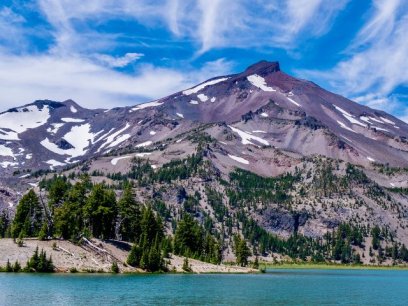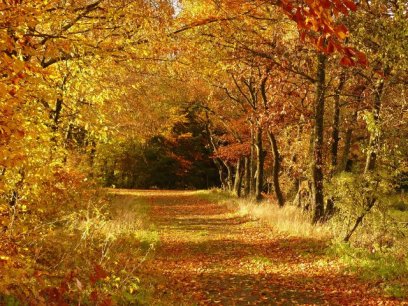
Did you know?
- Over 50% of North American bird species are considered to be seriously threatened by a changing climate.
- The winter range for 305 North American birds shifted northward by an average of 40 miles between 1966 and 2013.
Scientists from the National Audubon Society have released a report that looks at how birds in North America could be affected by a changing climate. For each bird species studied, they looked at the range of temperatures, precipitation, and seasonal change each species needs to survive, and then mapped where their ideal climatic range may be found in the future as the climate changes.
Of the 588 North American bird species studied, they concluded that 314 of them will lose more than 50% of their current climatic range by 2080. For instance, the Common Loon could lose 56% of its current summer breeding range and 75% of its current winter range by 2080 due to changing climate conditions.
As the current habitat ranges of many bird species shrink, some birds may travel to other regions that fit their climatic range. These birds may face new competition for limited food and resources, and encounter new predators or competitors who make it difficult or impossible to survive.
What You Can Do
- Discover what birds near you are threatened by climate change using this interactive map.
- Create a wildlife friendly garden that provides native food, water, and shelter for local bird species.
- Participate in the National Audubon Society's community science program Climate Watch by recording how birds are responding to a changing climate in your area. Climate Watch surveys take place in the winter (January 15 - Feb 15) and in the summer breeding season (May 15 - Jun 15). Learn more about the program in the video below:
Learn More
- Birds aren't the only animals on the move. Check out NEEF's Activity Guide on animal migration to learn more about monarch butterflies, salmon, birds, and other migratory animals.
- Check out this video from the National Audubon Society on Climate Change and Birds:
Sources:
- EPA. 2015. “Climate Change Indicators in the United States: Bird Wintering Ranges”. Accessed December 11, 2018. http://www3.epa.gov/climatechange/science/indicators/ecosystems/bird-ranges.html
- Langham. G., Schuetz, J., et al. 2015. “Conservation Status of North American Birds in the Face of Future Climate Change”. Plose one. 10(9): e0135350. http://journals.plos.org/plosone/article?id=10.1371/journal.pone.0135350
- Lipton, D., M. A. Rubenstein,et al. 2018: Ecosystems, Ecosystem Services, and Biodiversity. In Impacts, Risks, and Adaptation in the United States: Fourth National Climate Assessment, Volume II. U.S. Global Change Research Program, Washington, DC, USA, pp. 268–321. doi: 10.7930/NCA4.2018.CH7
- National Audubon Society. 2020. "Climate Watch". Accessed January 5, 2021. https://www.audubon.org/conservation/climate-watch
- National Audubon Society. 2014. “Climate Report: Common Loon”. Accessed December 11, 2018. http://climate.audubon.org/birds/comloo/common-loon
- National Audubon Society. 2014. “The Audubon Report at a Glance”. Accessed December 11, 2018. http://climate.audubon.org/article/audubon-report-glance


